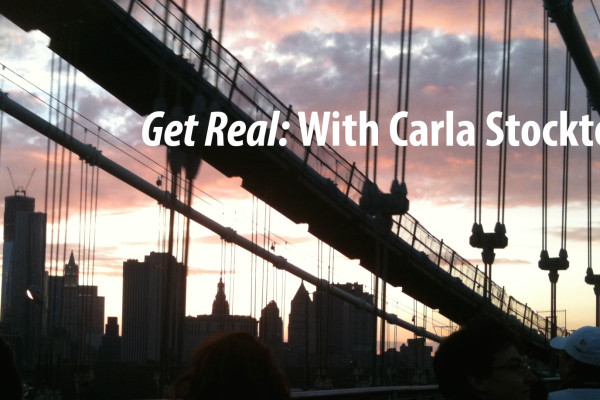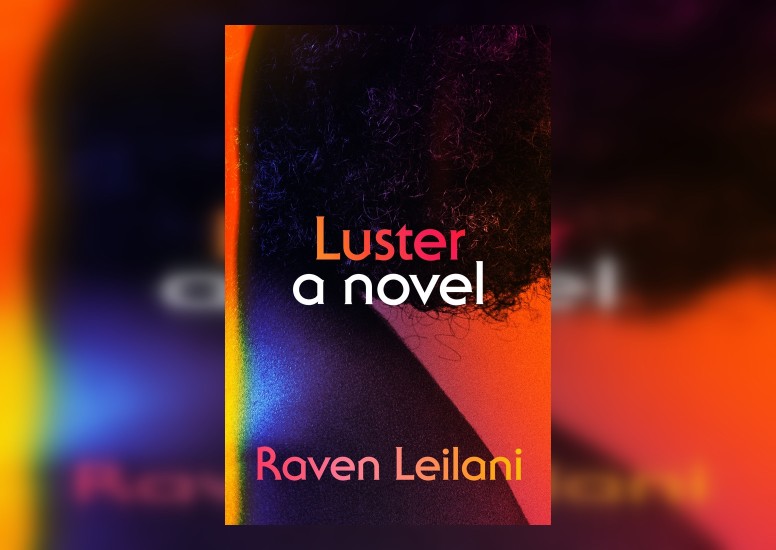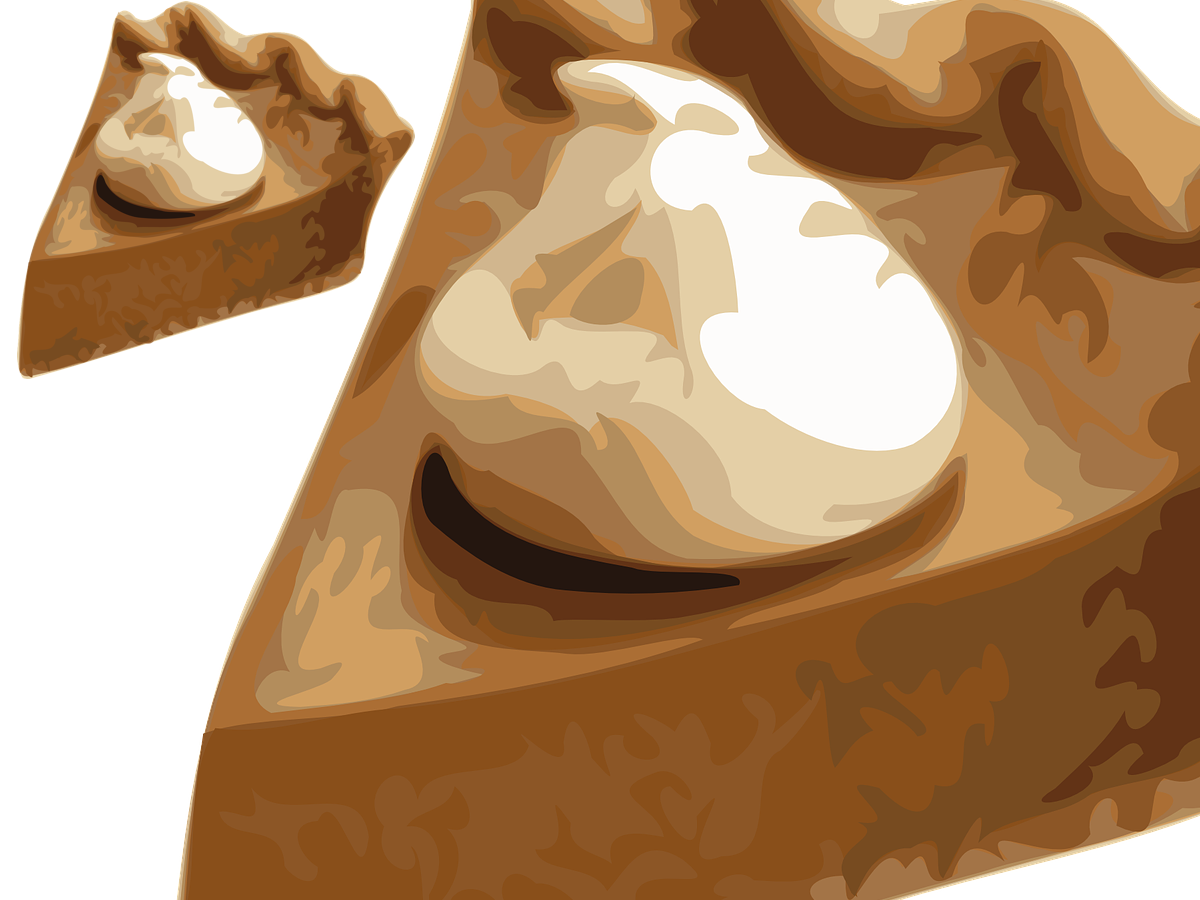Get Real with Carla Stockton
—
Treasuring the Treasures—The Leslie-Lohman Museum Protects the Artistic Legacy of the LGBTQ Community

Among the few lilies sprouting from the ashes of the late 20th century AIDS pandemic is the Leslie-Lohman Museum of Gay and Lesbian Art, at 26 Wooster Street in Soho, a proud paean to the brilliant artists whose work might otherwise have been lost, burned or simply forgotten.
The museum is a gleaming white castle in the cast iron wonderland that once cradled New York manufacturing. It is a fortress of paintings, collages, sculpture, fabric art, et al., a “safe-haven,” as Museum Director Hunter O’Hanian calls it, “for gay-themed art, a place where gay artists who were unrecognized in the mainstream world get to be seen and admired.”
In 1969, Charles W. Leslie and Frederic “Fritz” Lohman were life partners whose Prince Street loft, a popular salon for gay artists and art enthusiasts, became a gallery for the best work produced by members of the community. Later, as the AIDS crisis escalated, it became a vehicle of hope.
As artists and collectors were dying in wholesale numbers, Charles and Fritz were forced to close the gallery down in 1985 and turn their attention to saving priceless work from extinction. Unaware of the value or embarrassed by the nature of the work, families and friends had been discarding offending pieces. When the gallery reopened in 1987, its owners had created a nonprofit foundation to expand their reach. They moved to Wooster Street.
In 2011, a year after Fritz Lohman’s death, the New York State Board of Regents finally granted a (provisional) Certificate of Museum Status, and the Leslie-Lohman Museum of Gay and Lesbian Art became the first and only museum in the world dedicated to the arts and crafts of the GLBTQ community.

The well-polished, columned halls glisten like a modern Pantheon, and the mission of the Museum has broadened once again. Says O’Hanian, “We’ve always been here to exhibit and preserve art that speaks directly to the many aspects of the GLBTQ experience and to foster the artists who create it. But we’re going lots further. We expect to become, like the Studio Museum of Harlem, the go-to professional museum for artists and art lovers providing a unique look at carefully guest-curated work representing a specific cultural group but appealing to all museum goers.”

“The most significant gay artists of our time are all around us. There are pockets of creativity all over New York, especially now in Brooklyn. You can see their work in galleries in Chelsea and the East Village, where self-identifying queers and non gender-specific individuals make abstract and realistic art on a new frontier. Some of the pioneering galleries are willing to show them, but it’s really hard for the artists to get their work ‘out there,’ and the most important part of our mission is to provide a platform, an exhibition venue for the many gifted artists who have been discriminated against or whose work has been refused because of its gay theme or subject matter.”
The six full-time staff and 2 part-time staff members (https://www.leslielohman.org/about/staff.html) are taking the message far and wide beyond the museum walls. The Archive, a quarterly journal, explores the many facets of the community the Museum serves. The institution’s catalogs (http://leslielohman.org/publications/the-archive.html) , are as meticulously curated and laid out as the shows they chronicle, the resource center and library (http://leslielohman.org/research.html) are unparalleled for information about people, events, places and achievements in the GLBTQ art world. The Museum’s shows are taking to the road. Look for Stroke, From Under the Mattress to the Museum Walls, (https://www.leslielohman.org/about/press-release/2014/stroke-pr.html), for example, at the Stonewall National Museum and Archives in Fort Lauderdale in Spring 2015.

The Prince Street basement gallery, where the enterprise began, is now a studio and educational space, housing some events while others find a home at Wooster Street; these events range from drawing classes to a recent conference of gay and lesbian New York judges, and while there are a wide variety of events planned, the Museum is always on the lookout for new ideas. “We love to hear from the public with suggestions for shows and programs.” (Write yours to info[at]leslielohman[dot]org.)
A blogger recently noted that, “It seems so strange that we would (still) need a museum devoted solely to Lesbian and Gay Art.” Some day perhaps every museum will exhibit works dealing with non-heterosexual issues. For the time being, the Leslie-Lohman Museum holds a unique position.
O’Hanian muses, “We represent the gay culture of the last quarter of the 20th century—a culture created during the AIDS pandemic and salvaged from the overt hate that was rife across this country, even here in New York City, a culture that does not necessarily speak to the 18-25-year-old today; we also represent the ever-changing gay culture of today. There’s a forty-year gap there, but it’s a gap the Museum has already begun to fill.”
—
Carla Stockton, Nonfiction Editor of Issue #53, is a lifelong on-and-off New Yorker, who, after living for 13 years in exile in the southwest desert, brings a returnee’s perspective to the city. As a fully licensed sightseeing guide, she has a particular intimacy with the area and is never reluctant to share it with others. Carla’s semi-weekly column will discuss people, places and events in and around Manhattan. Follow her here.





